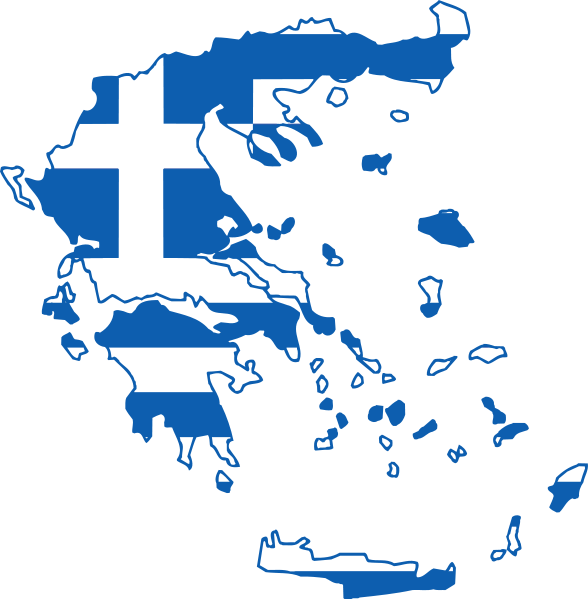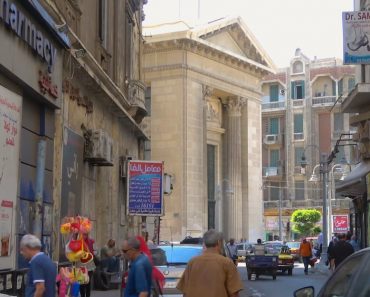The ferry glides through the sapphire waters, and within an hour of leaving Athens, I find myself stepping onto Aegina’s sun-drenched harbor, where fishing boats bob gently against the backdrop of neoclassical buildings painted in faded pastels. This isn’t just another day trip from the Greek capital—it’s an entry into a world where pistachio groves cascade down hillsides and ancient temples stand in silent witness to thousands of years of human history.
Where time slows down on the Saronic Gulf
Unlike its flashier island neighbors, Aegina wears its charm with quiet confidence. Just 27 kilometers from Athens yet worlds away in spirit, this hidden Greek island just 23 kilometers from Athens balances authentic Greek life with accessible tourism. Founded around 3000 BCE, the island once rivaled Athens in naval power, minting the first Greek coins before fading into the background of history.
“We don’t need fancy nightclubs or five-star hotels,” Maria, a fourth-generation pistachio farmer, tells me as we walk through her family’s grove. “On Aegina, we have something more valuable—a life where you can still hear yourself think.”
Wandering through centuries in forgotten corners
The ghost town that whispers ancient stories
The rocky path to Paleochora winds through scrubby vegetation before revealing what locals call Aegina’s “Little Mystras.” Forty abandoned Byzantine churches cling to the hillside, their faded frescoes still visible beneath centuries of sun exposure. I have the entire medieval settlement to myself save for a solitary cat that guides me through the ruins like a spectral tour guide.
Unlike the Instagram-famous ancient sites that draw crowds elsewhere in Greece, here the silence is profound. Standing amid these 9th-century stone walls, I can almost hear the echoes of monastic chants carried on the breeze.
The secret swimming cove beyond pistachio country
A fifteen-minute scooter ride from Kypseli village takes me along a dirt track where the scent of wild thyme and sun-baked earth fills the air. Following directions from a local shopkeeper (who made me promise not to “tell too many people”), I discover a hidden cove near Portes. The water here shifts between emerald and turquoise, and the modest pebble beach is framed by dramatic limestone formations.
A elderly fisherman named Yannis invites me to share his shade and homemade wine. “My family has been swimming here for four generations,” he says, “and the fish still jump right into my boat—almost.”
Tasting tradition beyond the harbor restaurants
In Aegina Town, tourists cluster at waterfront tavernas, but the island’s true culinary soul lies inland. At a family-run taverna called To Steki tou Nontas, hidden on an unnamed lane near the Markelos Tower, I discover katsikaki me fistikia—tender goat slow-cooked with the island’s famous pistachios, olive oil, and mountain herbs.
The dish arrives without fanfare, served with thick chunks of homemade bread perfect for soaking up the sauce enriched with hints of cinnamon and orange. Like the historic châteaux with preserved libraries that maintain their traditions through centuries, this recipe has remained unchanged for generations—a testament to culinary heritage that needs no improvement.
Planning your escape to Aegina’s quieter rhythms
When to arrive for authentic experiences
Skip the July-August crowds and visit in late May or September when the water remains swimmable but the pace slows significantly. The Aegina Fistiki Fest (pistachio festival) in mid-September transforms the harbor area into a celebration of all things pistachio—from traditional sweets to unexpected savory applications.
Moving beyond the main town
While most visitors cluster in Aegina Town and Agia Marina, rent a scooter (€20/day) to explore the island’s interior villages. The mountain hamlet of Anitseo offers panoramic views rivaling those from alpine lakes at high elevation, with only a handful of residents and one perfect taverna serving homemade dolmades.
Returning to the simplicity we secretly crave
As my ferry prepares to depart, I watch the afternoon light transform Aegina’s harbor into a golden tableau. What makes this island compelling isn’t flashy attractions or luxury amenities, but rather its stubborn insistence on remaining authentic in a world increasingly designed for tourist consumption. Here, just an hour from Athens, I found what many travelers spend lifetimes seeking—a place that doesn’t perform for visitors but simply invites them to join in its everyday magic.







